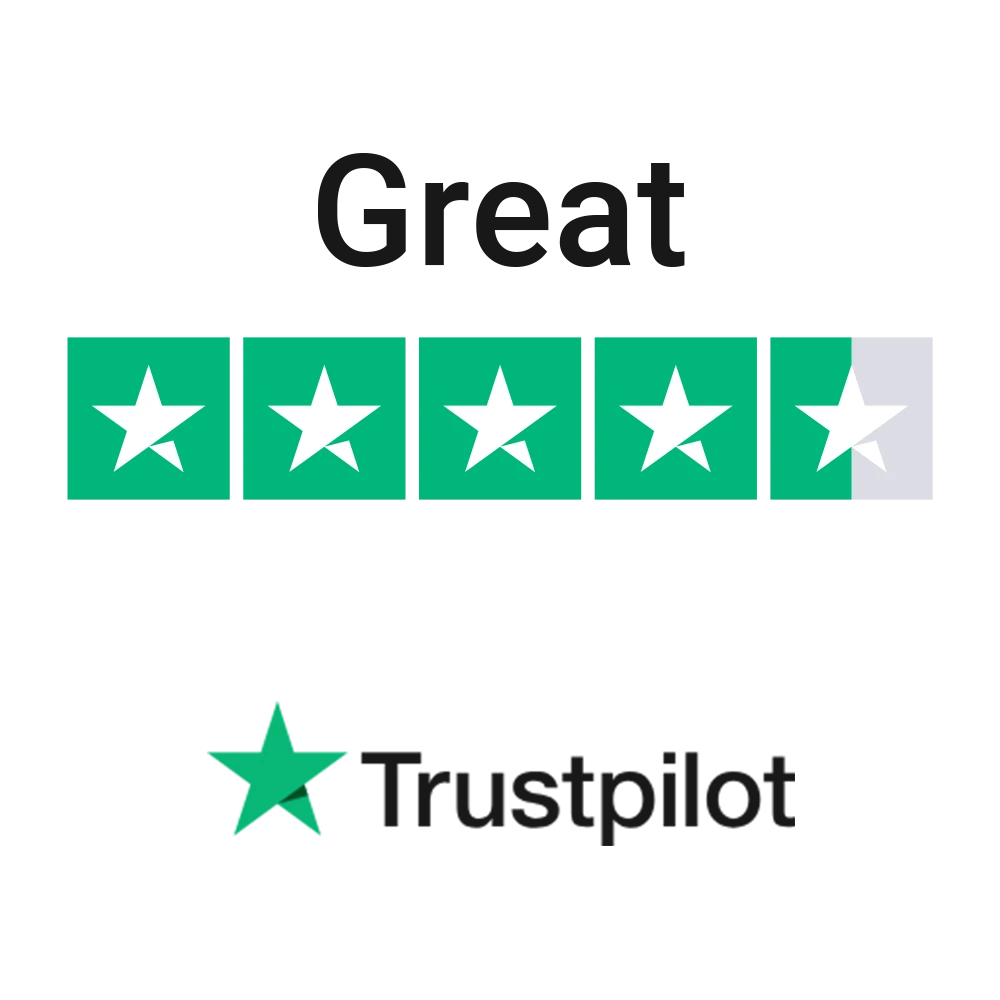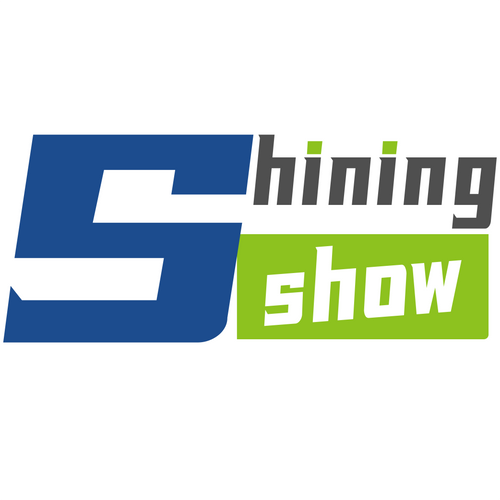Are you ready to attend a trade show?
Trade show marketing may result in your company taking a budget hit. But when you do it right, it can help generate leads, build brand awareness, meet potential partners, and even give you helpful insights about the industry and your competitors.
Unfortunately, more often than not, many businesses think that the majority of the work, when it comes to trade shows, consists of the conceptualization of the booth.
Just like any other aspect of business, trade show marketing also starts with a plan. Moreover, since expos can be very costly, it only makes sense to strategize ahead of time to avoid any unnecessary expenditures.
Now, if you are a first-timer in the trade show marketing realm, then you are reading the right article. In this blog, we are going to walk you through the whole nine yards of planning a successful trade show event.
What are you waiting for? Let’s dive into the art of successful trade show marketing:
What you need to plan before the show:
One Year Before Trade Show Season
First things first - determine your objectives. Ask yourselves the million-dollar question - why are you going to spend money to join a trade show event?
Remember, each expo has a different theme and marketing goal. Therefore, what you have to do is define yours and let your objectives direct you to the right trade show event.
Next: let’s get one thing straight - you should not, in any way, immediately jump into every trade show opportunity that comes your way. Instead, get your team together and list down all expos that are relevant to your business. State the dates, themes, registration fees, and other package inclusions; then do a detailed comparison to see which one suits the very objective you all agreed on.
Third, do your best to come up with a marketing budget that is as detailed as you possibly can. A budgetary expenditure cost can help determine whether you are ready to invest in trade show marketing or not and will also serve as a basis on your ROI forecast.
Ten Months Before Trade Show Season
Once you have your objectives, your chosen trade show event, and your estimate marketing budget ready, the next thing to do is to complete all necessary registration documents.
At this point, if possible, you should start communicating with the trade show organizer about the packages available.
We are not just talking about the specifications of your booth but also the inclusions such as the trade show event’s marketing efforts, freebies, security, registration fees and required documents, program flow, as well as the expected number of attendees.
By this time, you should start working through the necessary registration papers and be in talks with your company’s accounting team about the fees and budget allocation.
From there, you need to brainstorm with your team for an initial conceptualization of the booth. You can also begin discussing what marketing and promotional efforts, materials, and collaterals you will need for the event.
For more in-depth planning, divide it into three phases:
- Pre-show marketing: strategies designed to raise awareness of your participation in the upcoming trade show
- At-show marketing: tactics to entice and engage with the attending market
- Post-show marketing: following up on leads
Six to Nine Months Before Trade Show Season
Here comes the most tedious part of pre-trade show planning - determining your trade show booth design and layout.
If you have an in-house graphics team, allow them to voice their ideas with your branding specialist. If you can, use an exhibition design 3D software so you can picture how the booth will look.
Remember, do not just focus on aesthetics - also consider the potential influx of attendees who will be visiting your booth. Ensure that the layout enables conversations while leaving enough space for spectators.
Booth design planning should also cover lighting, walls, and physical graphics needs such as posters, stand-ins, and banners.
In addition to designing your trade show booth display, by this time, you should also have finalized your branding literature, marketing materials, promotional collaterals, and giveaways. Someone from your team should start sourcing potential suppliers so you can decide which one would provide you with the best deal without sacrificing quality.
One to Three Months Before Trade Show Season
Now that you are just a few weeks away from the big day, you have to go over everything you and your team have discussed over the past year. Treat it as another briefing to refresh the memory and energy of all that is involved in the trade show event.
Finalize everything- from your booth and marketing collaterals to travel and hotel arrangements. Confirm shipping dates and make sure everyone has a copy of a trade show marketing calendar with significant deliverable dates plotted, to ensure everyone is on the same page.
By this time, you should also start promoting your trade show participation through both digital and traditional efforts. This is done to ensure that your target market is aware that they may visit you at the trade show.
If your budget allows it, you can also come up with exclusive promos or deals only available to trade show attendees.
A Week Before Trade Show Season
With just days left before the trade show, now is the best time to double check the game plan and make sure everything is ready.
For more efficient execution of the plan, delegate specific tasks to particular people. Have one person gather all registration documents and gate passes in one folder, another person or team who will oversee booth construction at the venue, another staffer to do an inventory on every single piece of branding collateral, another one to handle logistics, and so on.
Trade Show Preparation Checklist:
You can check all your equipment according to the list before you leave to prevent surprises caused by omissions!
BASICS
- Set your objectives
- Get a list of potential trade show events
- Create a budgetary cost estimate
REGISTRATION
- Accomplish the necessary paperwork
- Get information on
- Trade show packages and inclusions
- Booth specifications
- Program flow
- Expected number of attendees
- Gate and security passes
- Fees and other monetary prerequisites
BOOTH DISPLAY
- Booth type, size, and dimension
- Lighting
- Walls
- Graphics and Signages
- Creative decor
MARKETING AND PROMOTIONAL MATERIALS
- Business cards
- Company Profile
- Brochures and flyers
- Product samples
- Giveaways
- Catalogs
- Sign-up sheets
- Sales kit
- Notepads and writing materials
DIGITAL AND ELECTRONICS
- Laptops
- iPads
- Television and Projector
- Speakers
- Chargers and adapters
- Extension cords
- Digital graphics
- Website
- Digital sign-up sheets
- Line sheets
- Order forms
PEOPLE AND LOGISTICS
- Duty roster
- Staff schedule
- Shipping
- Travel arrangements
- Accommodations
PRE-TRADE SHOW ONLINE PROMOTION CHANNELS
- Website
- Social media
- Newsletter
- Affiliate marketing
If something unexpected happens during the show, like someone getting hurt, you're vulnerable to being helpless, so you'll need an extra emergency survival kit!
Emergency Survival Kit
Another critical but often overlooked item that is crucial in a successful trade show marketing event is the emergency survival kit.
Now, you might be thinking that there is no need to have one if you have been preparing for the expo a year in advance. However, there are external factors that may occur during the event itself that might significantly affect the performance of your staff and your booth.
To make sure you are prepared for any unforeseen circumstances, here are a few necessary items your trade show emergency survival kit should contain.
FOR REPAIRS AND CRAFTS
- Tool box
- Cutter
- Scissors
- Double-sided tape
- Stapler
- Glue
- Measuring tape
- Duct tape
- Bond paper
- Folders
- Puncher
- Envelopes
- Scotch tape
- Rubber bands
- Binder clips
- Flash light
- Markers and pens
- Small drill
- Sewing kit
COMMUNICATIONS AND ELECTRONICS
- Batteries
- Chargers
- Flash drives
- Extension Cords
- Adapters
CLEANING SUPPLIES
- Paper towels
- Alcohol
- Adhesive remover
- Stain remover
MEDICAL SUPPLIES
- Bandaids
- Gauze
- Medicine for headache, sore throat, colds, cough, etc.
- Eye drops
- First aid kit
To sum things up, trade show events can be a beneficial strategy for any business when you are fully prepared for it.
If you do it without a thoroughly considered plan, chances are you will find yourself not only being overshadowed by your competitors but also losing much money.
Remember, the key to any successful business and marketing technique is to plan well in advance and prepare contingencies - it’s better to have it and not need it than need it and not have it.
















